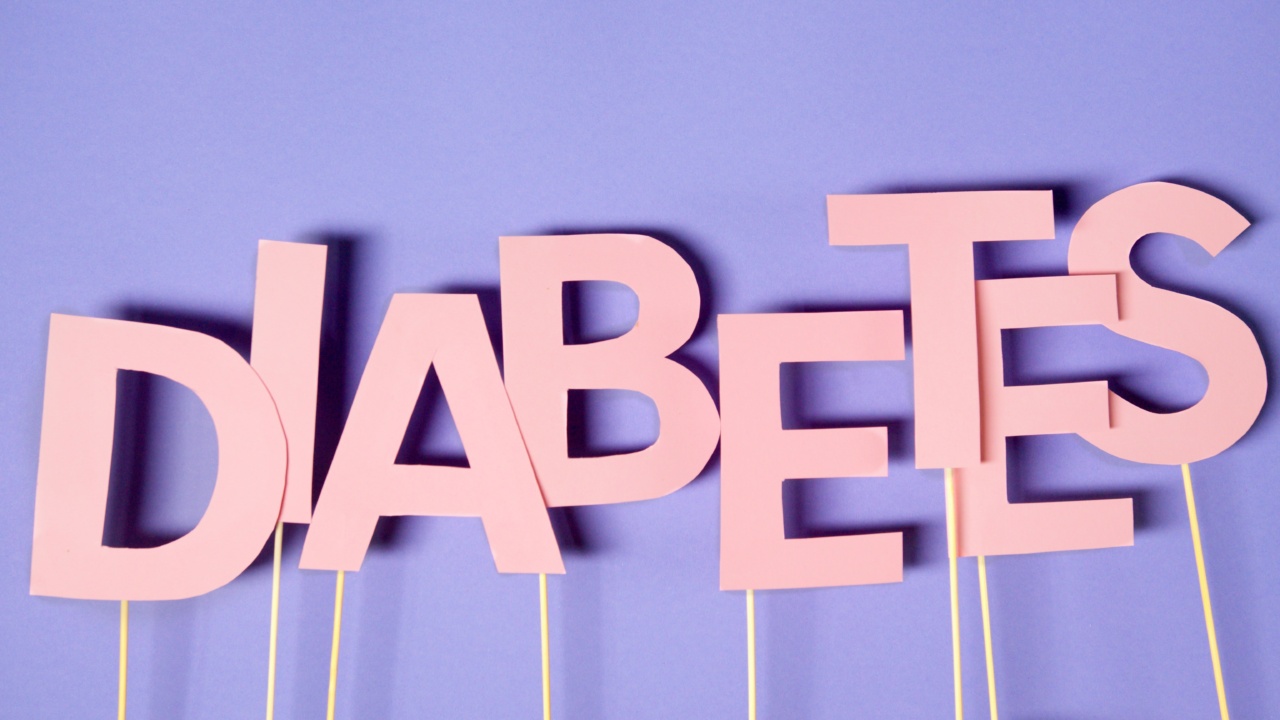May is Stroke Awareness Month, and May 10th is World Stroke Day. In this article, we will be sharing 30 facts about stroke that you should know.
What is Stroke?
Stroke is a medical emergency that occurs when blood flow to the brain is interrupted or reduced. This can happen when a blood vessel in the brain is blocked (ischemic stroke) or bursts (hemorrhagic stroke).
When blood flow is interrupted, brain cells begin to die, which can lead to permanent brain damage or death.
Statistics
1. Every year, around 15 million people worldwide suffer a stroke, and 5 million die from it.
2. Stroke is the second leading cause of death globally, and the third leading cause of disability.
3. In the United States, someone has a stroke every 40 seconds, and someone dies from it every 4 minutes.
4. In the United States, stroke is the fifth leading cause of death.
5. In the United States, stroke kills more women than men.
Risk Factors
6. High blood pressure is the most significant risk factor for stroke. Other risk factors include smoking, diabetes, high cholesterol, obesity, and a family history of stroke.
7. People over the age of 55 are at higher risk of stroke.
8. African Americans are twice as likely to have a stroke compared to Caucasians.
9. Men are more likely than women to have a stroke.
10. People who have had a previous stroke or transient ischemic attack (TIA) are at higher risk of having another stroke.
Signs and Symptoms
11. The main signs and symptoms of stroke include sudden weakness or numbness in the face, arm, or leg, usually on one side of the body.
12. Other signs and symptoms of stroke include sudden trouble speaking, understanding, or seeing.
13. Sudden dizziness, loss of balance, or trouble walking can also be signs of stroke.
Prevention
14. You can reduce your risk of stroke by controlling your blood pressure, quitting smoking, maintaining a healthy weight, and exercising regularly.
15. Eating a healthy diet that is low in salt, saturated and trans fats, and cholesterol can also help prevent stroke.
16. Drinking alcohol in moderation can also help prevent stroke.
Treatment
17. Treatment for stroke depends on the type and cause of the stroke.
18. If a stroke is caused by a blood clot, treatment may involve medication to break up the clot or surgery to remove it.
19. If a stroke is caused by bleeding in the brain, treatment may involve surgery to stop the bleeding or medication to reduce pressure on the brain.
Recovery
20. The recovery process after a stroke can take months or even years.
21. Rehabilitation can help stroke survivors regain the ability to speak, walk, and perform other daily activities.
22. Speech therapy, physical therapy, and occupational therapy are all components of stroke rehabilitation.
Caregiving
23. Many stroke survivors require care from family members or professional caregivers.
24. Caregivers may need to help with everyday activities such as bathing, dressing, and eating.
25. Caregivers may also need to help with medical tasks such as giving medications and monitoring vital signs.
Support
26. There are many support groups and resources available for stroke survivors and their caregivers.
27. These resources can provide information, emotional support, and practical advice.
28. In addition to support groups, there are also online communities and forums where stroke survivors and caregivers can connect with others.
Advocacy
29. Stroke advocates work to raise awareness about stroke and improve access to treatment and support for stroke survivors and their families.
30. Stroke advocacy organizations also work to promote research into the causes and treatments of stroke.




























